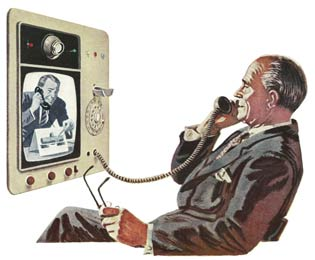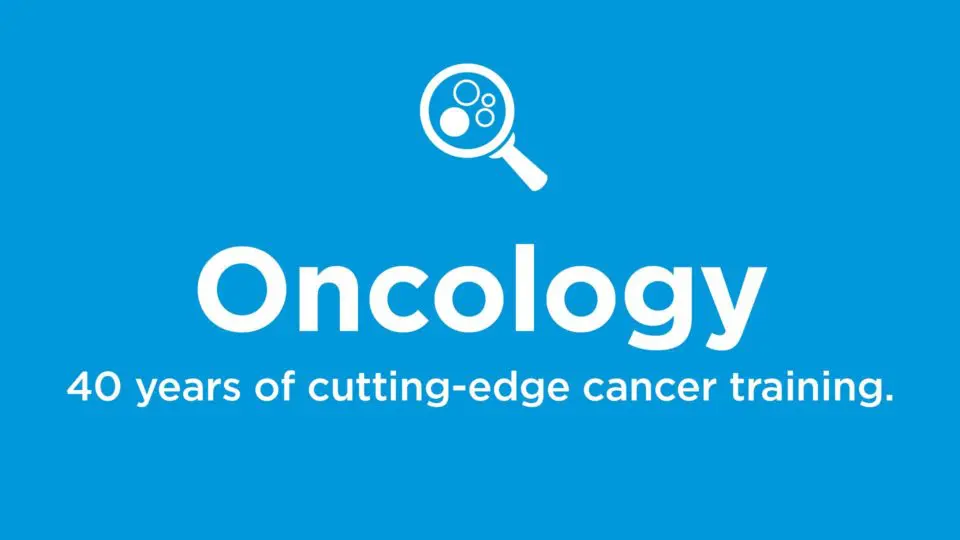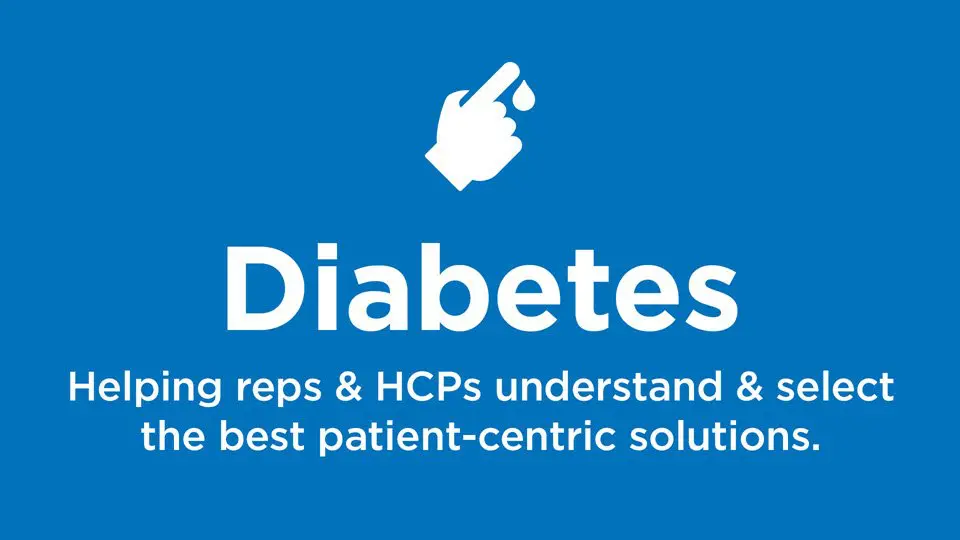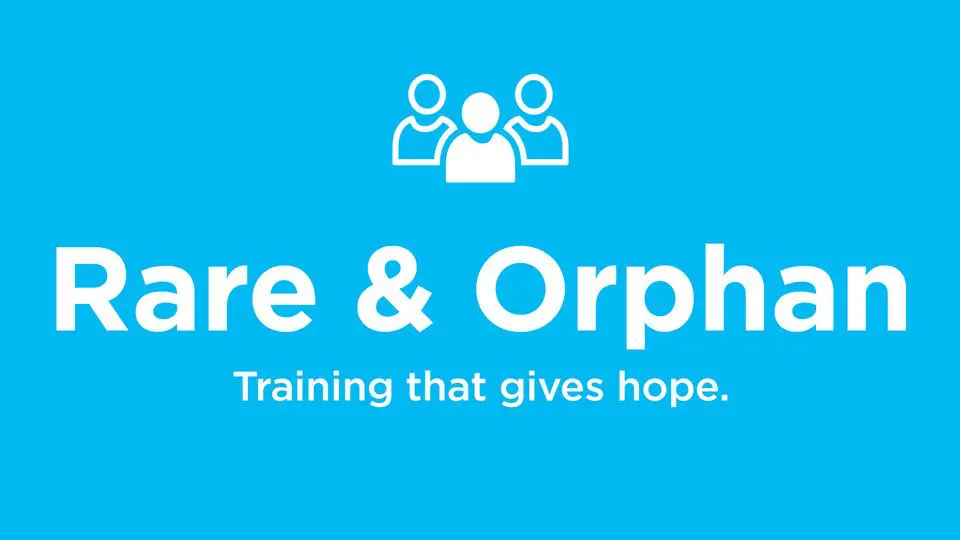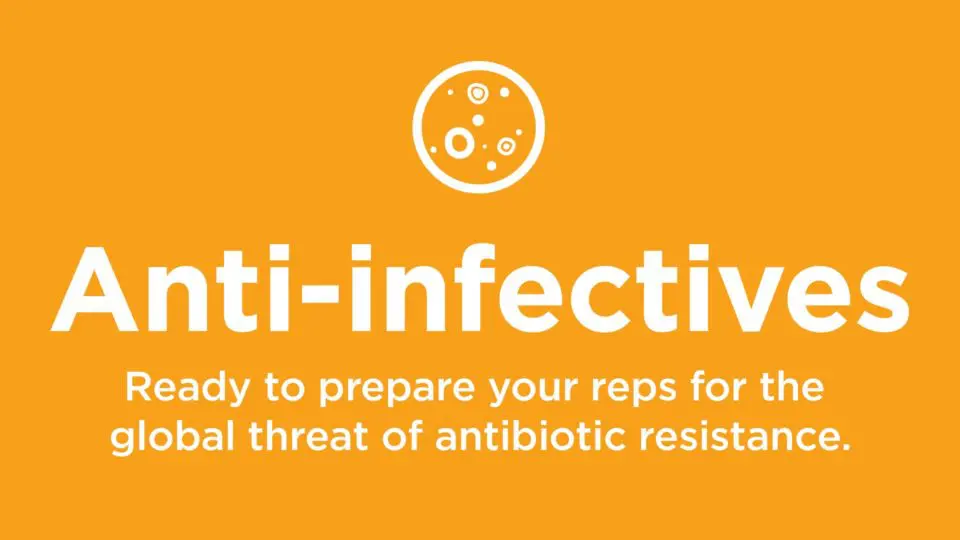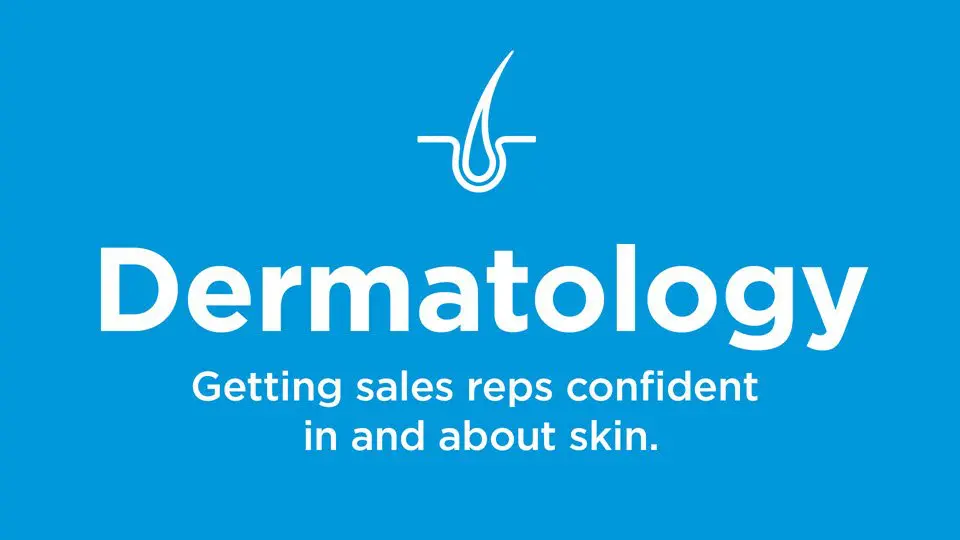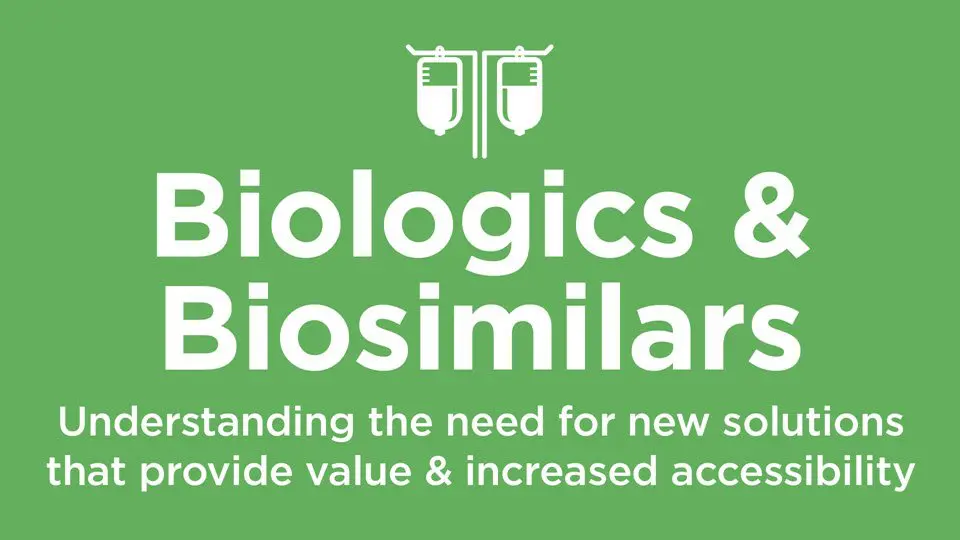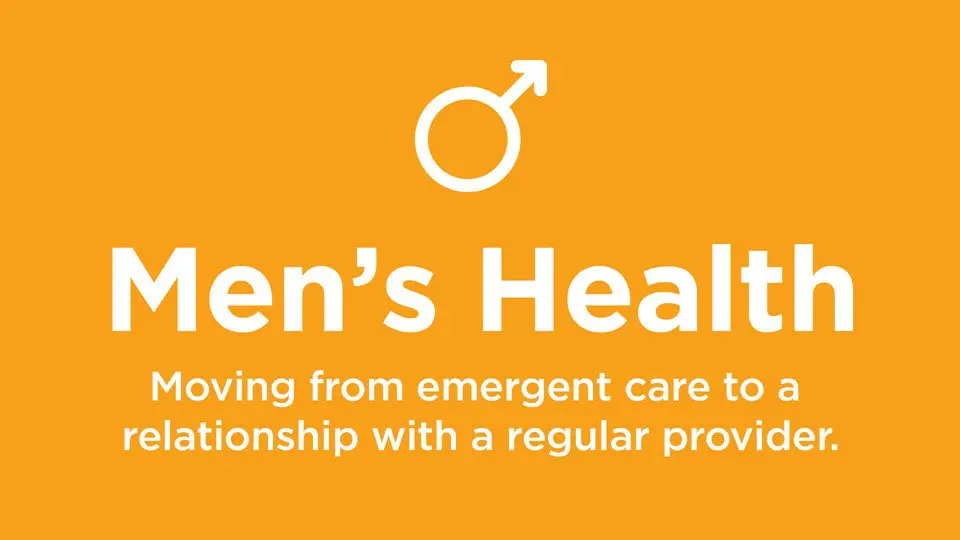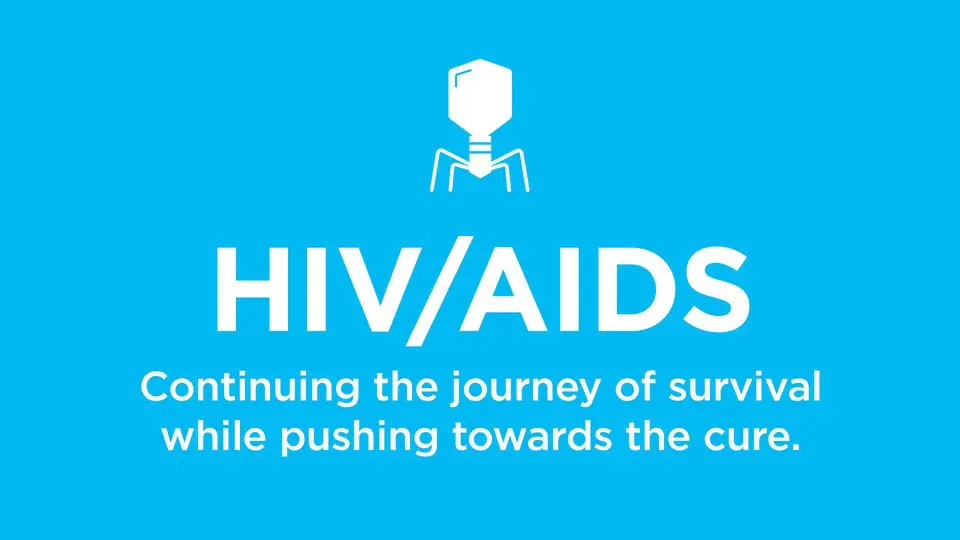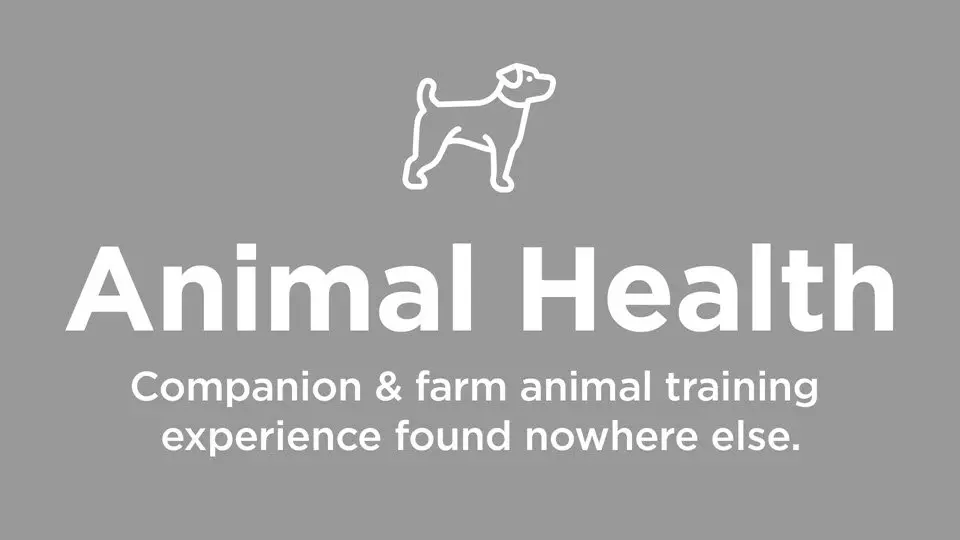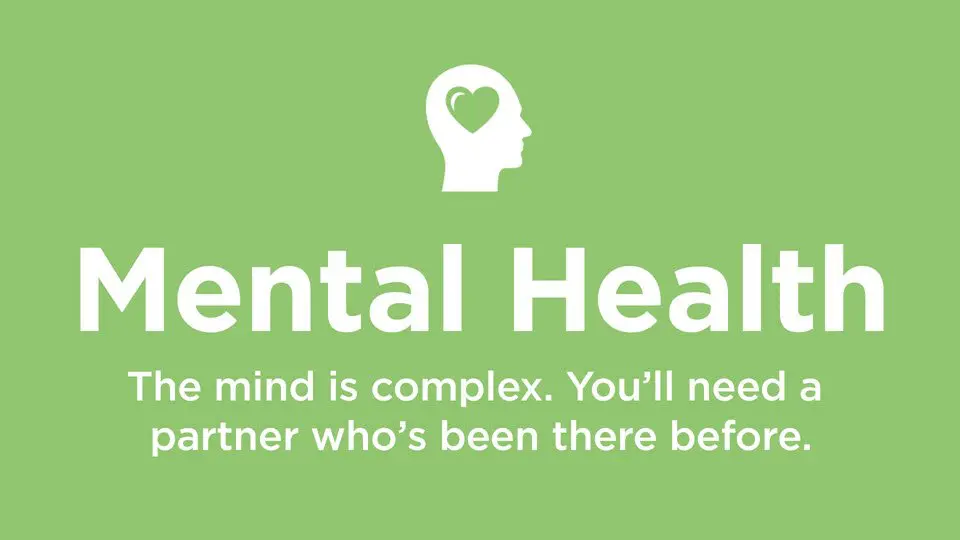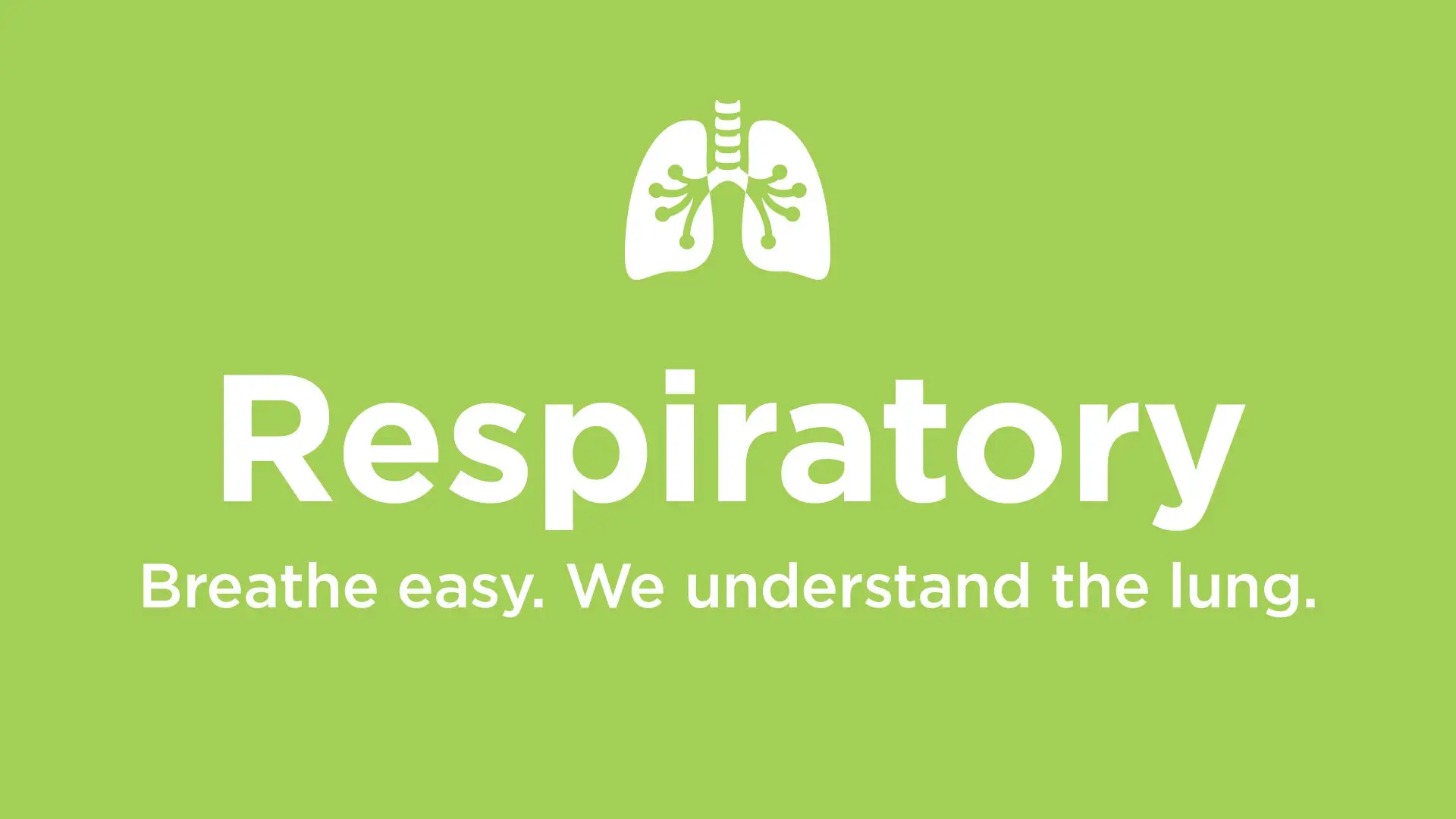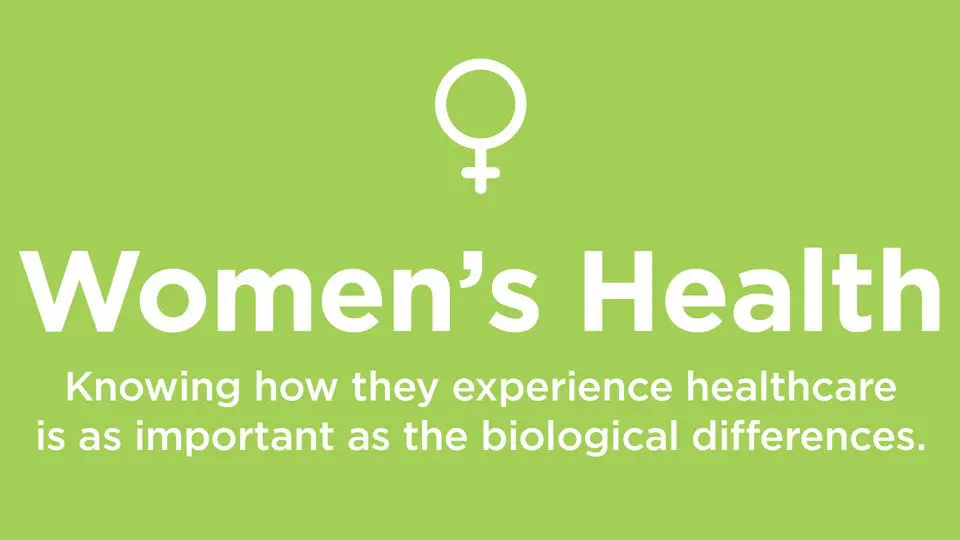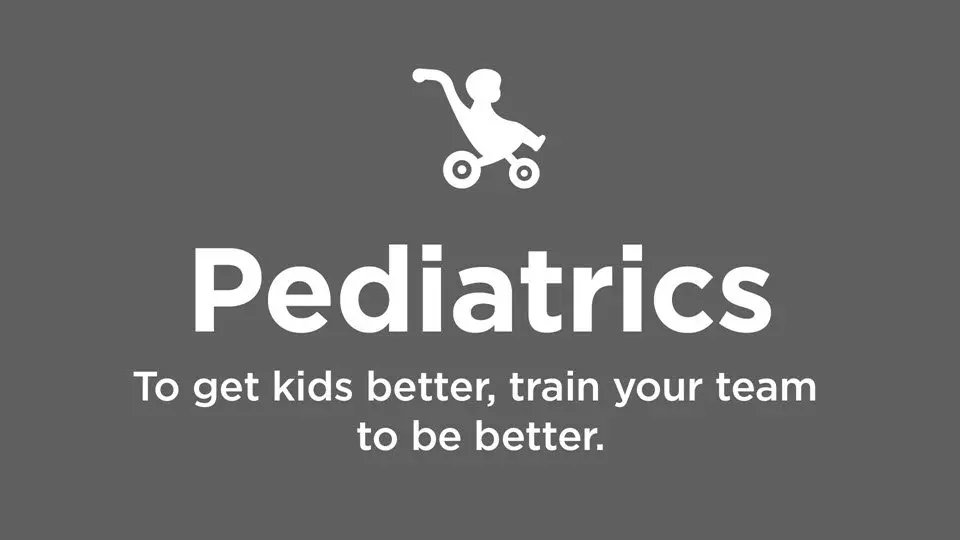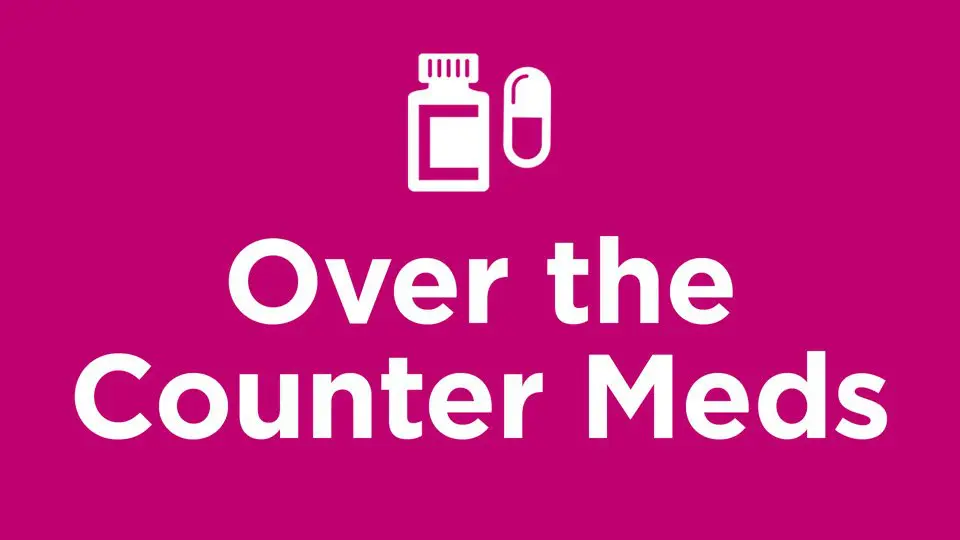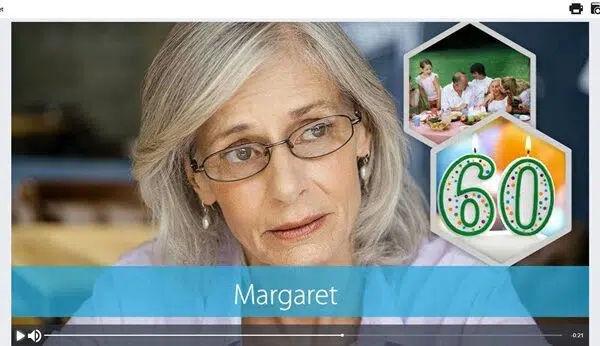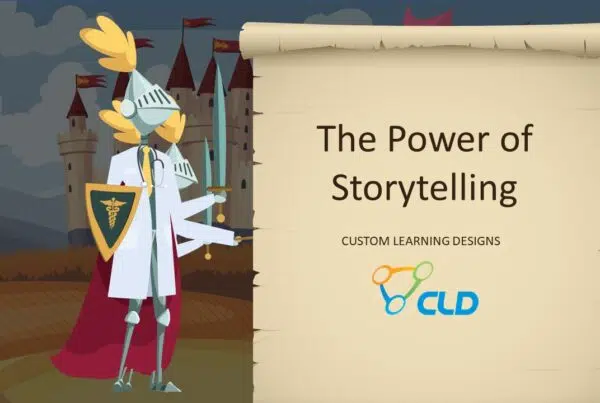“Tele-what”, you may ask? “That can’t be what I think it is.” And yet, it is. Tele as in telephone and detailing as in a sales representative talking with a doctor.
Be honest. What’s your first impression of this concept? If it’s anything like mine, “Now that’s a great idea” would not come close to describing it. I could not get past the image of my family dinner being rudely interrupted by some computer generated voice on the phone that couldn’t pronounce my last name, but was trying to sell me a newspaper subscription.
I knew little about the world of tele-detailing until a major pharma company asked us to develop a comprehensive curriculum for their tele-detailing force. Rather skeptically, I started to do some research, and what I discovered shocked me. But first, a bit more about how tele-detailing works.
Tele-detailing starts with a phone call; the pharma sales representative calls the doctor’s office and attempts to set an appointment with the doctor for a future phone call. If the rep is successful, the physician calls at the specified appointment time and connects to a secure internet website. Once connected, the physician can see the representative who can share presentations, reprints, videos, sales aids—basically “detail” the physician. Interesting to note though is that the representative cannot see the physician.
It may sound a little crazy, but tele-detailing appears to be working. The March 2011 issue of Pharma Marketing News reported on a tele-detailing case study presented by an Eli Lily Sales Innovation Manager at a conference in Italy. Some of the impressive, and somewhat surprising, takeaways were:
Is tele-detailing the wave of the future for targeting the over-booked or over-looked physicians, all while increasing the efficiency of a sales force and decreasing the associated costs? Will simply shifting your representatives to tele-detailers prime them for success? Everyone knows how to talk on the phone, right?
And yet, how will your reps know how to gauge where the physician is when they cannot see the nonverbal cues? And how will they engage him socially if they cannot see the diploma on the office wall or the framed family vacation picture or the signed baseball? And what if the physician seems disengaged or technically challenged? Tele-detailing requires a different type of training—training on soft skills, asking productive questions, and listening in a new and refined way.
How does your organization develop sales training that addresses the unique issues that are present in this telephonic environment? That is where CLD comes in. We have designed, developed, and delivered training curriculums, both self-study and workshop training, for clients moving into the tele-detailing field. If your organization is thinking about tele-detailing, pick up the phone and give us a call or comment below.


